The Delicious Dichotomy of Alto Adige
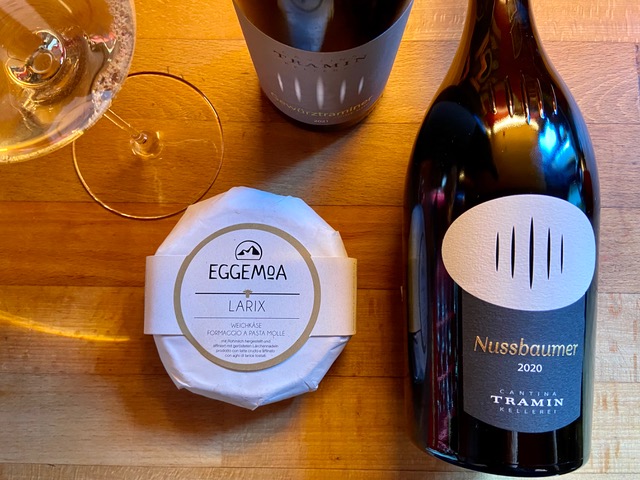
Earth and sky. Airborne and grounded. The power and pleasure of reimagined wine and cheese from Cantina Tramin and Eggemoa Dairy.

Earth and sky. Airborne and grounded. The power and pleasure of reimagined wine and cheese from Cantina Tramin and Eggemoa Dairy.
Ursula Heinzelmann is an independent scholar and food historian born, bred and based in Berlin, Germany. A trained chef, sommelier and ex-restaurateur, she works as a freelance wine and food writer, specializing in cheese. She has published a number of cookbooks, a food history of Germany, Beyond Bratwurst, as well as several books on cheese, and acted as area editor for the Oxford Companion to Cheese. She is the trustee director of the Oxford Symposium on Food and Cookery as well as curator of the Cheese Berlin festival.
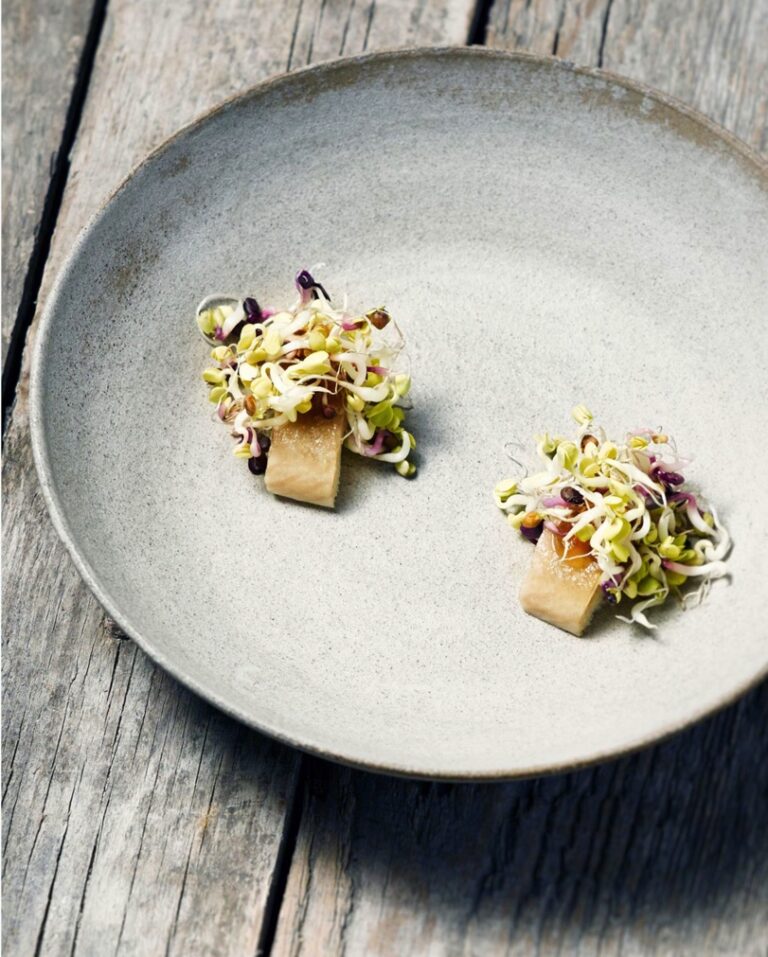
Northern Germany's answer to lobster, and a true hybrid Riesling surprise.
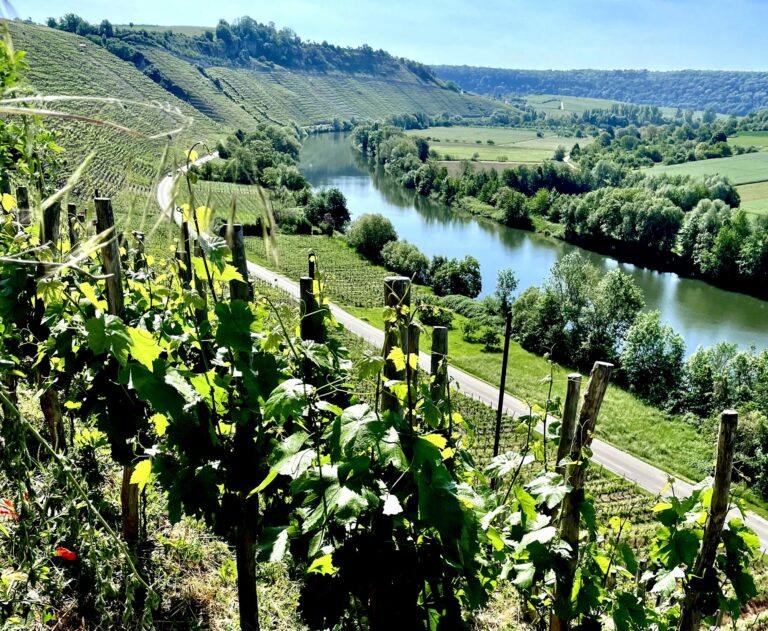
What do you do when you have world-class Riesling terroirs — including some of Germany’s highest, coolest vineyards, extraordinary old vines and massale selections, and a growing cadre of hyper-talented producers who bring imagination and dedication to it all — but the world still thinks of you as a place for, well, something else? This is the predicament of Württemberg’s growers. Over the past decade, they’ve made a strong argument that Riesling should be front and center when we consider the wines of this southwestern German region. Although not everyone believes a narrowed focus benefits Württemberg’s identity (the region’s top…...
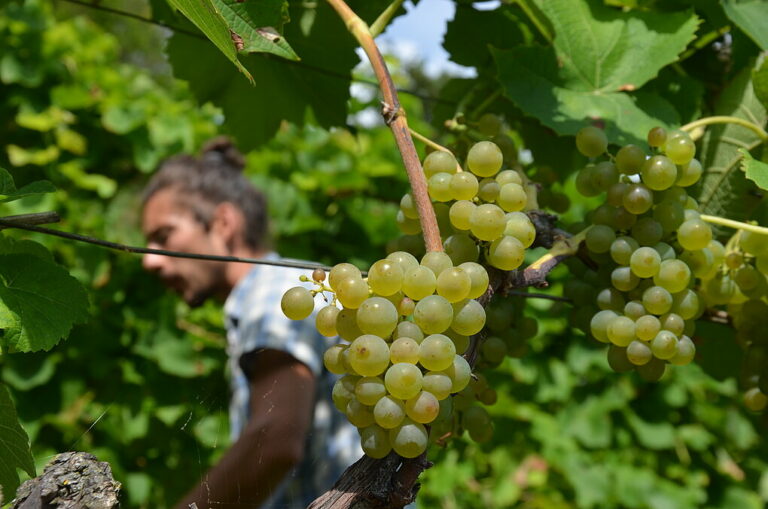
Trink Magazine | Are PIWIs or grape hybrids our viticultural future as the climate crisis makes winegrowing more, not less, challenging? By Christoph Raffelt
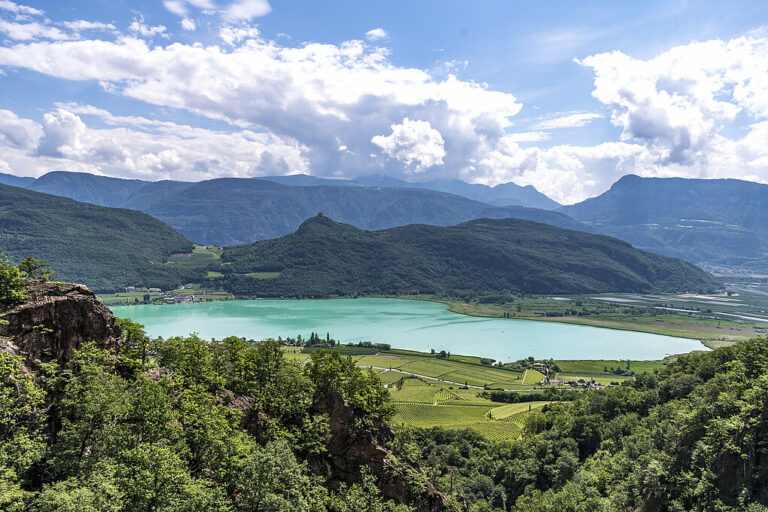
Kalterersee is Alto Adige-Südtirol’s oldest DOC zone, and the most fragrant and floral expression of Vernatsch in the region.
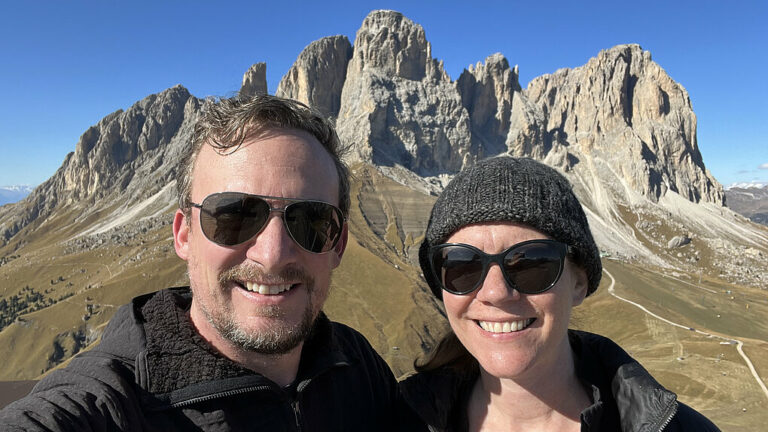
Archetype, a Portland, Oregon-based import start-up, is focused on Alpine wines. They are refining consumer's understanding of the category and building community near and far.
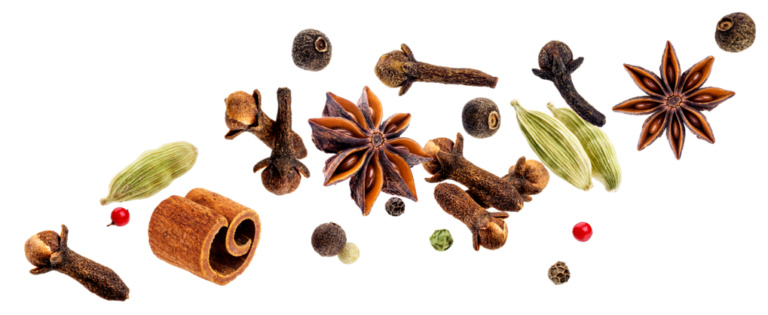
Picture yourself at a German holiday market (if such things were happening in 2020) — a mug of glühwein in hand and the scent of fresh pfeffernuss cookies in the air. It’s no surprise that these warm, spicy aromas are key attributes in many wines from Germany and Austria, South Tyrol, and the German-speaking parts of Switzerland. And there’s a hidden world of compounds and precursors to thank for this distinctive and alluring range. Much like a chef in the kitchen, growers can influence the aromatic and flavor complexity of their wines by playing with soil type, exposition, vine age,…...
Enjoy unlimited access to TRINK! | Subscribe Today